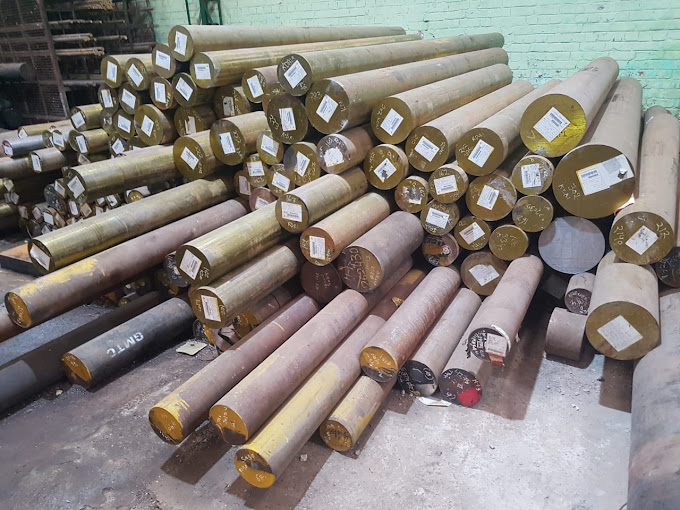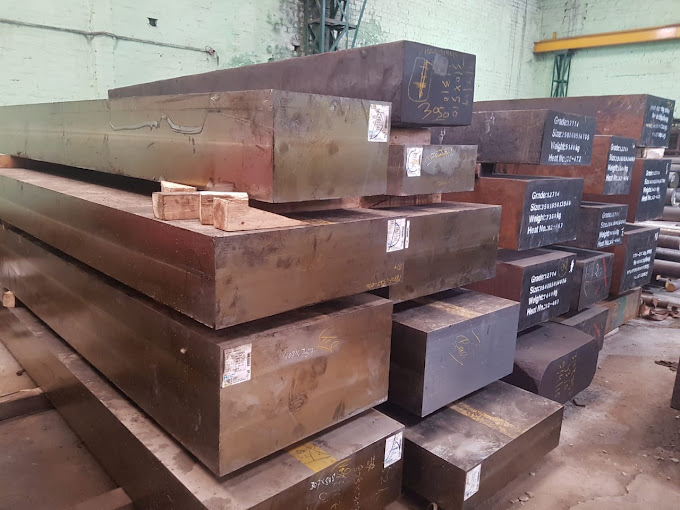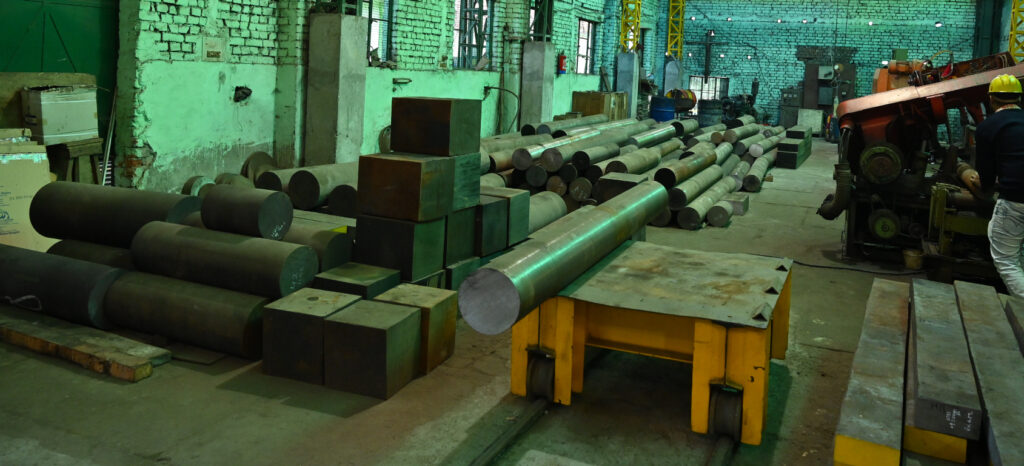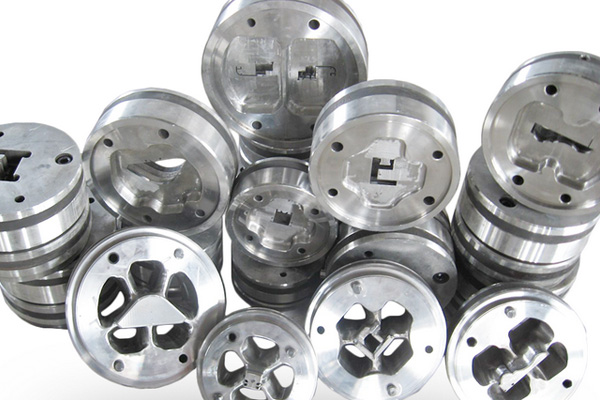H13 die steel stands as one of the most versatile and widely utilized tool steels in the industry. Known for its excellent thermal stability, high toughness, and wear resistance, H13 is indispensable for numerous hot work and cold work tooling applications. It combines chromium, molybdenum, and vanadium to deliver superior performance under challenging conditions, making it a preferred material in industries ranging from die casting to plastic molding.
In this ultimate guide, we delve into H13 die steel‘s properties, applications, benefits, and more to give you a comprehensive understanding of why it remains a cornerstone in tool steel selections.
Introduction
H13 die steel is a versatile chromium-molybdenum steel celebrated for its high toughness, excellent thermal resistance, and superior performance under extreme conditions. Found in a wide range of applications, it’s considered a benchmark for hot work and cold work tooling applications. Why is it so trusted? This guide will take you through every aspect of H13, revealing why it’s a crucial material in modern manufacturing.
Composition of H13 Die Steel
The unique properties of H13 steel stem from its chemical composition. The key elements include:
- Chromium (Cr): Enhances corrosion resistance and oxidation stability.
- Molybdenum (Mo): Increases wear resistance and toughness.
- Vanadium (V): Improves hardness and temperature resilience.
- Carbon (C): Essential for hardness and strength balance.
This carefully designed mix enables H13 to perform consistently in high-temperature applications and retain its properties under thermal stress.
Physical and Mechanical Properties
H13 is celebrated for its outstanding properties, including:
- Hot Hardness: Allows it to maintain strength and hardness at elevated temperatures, critical for hot work applications.
- Toughness: Withstands cyclic thermal stress, reducing the risk of fatigue cracking.
- Wear Resistance: Ensures durability and minimizes maintenance needs.
- Thermal Stability: Performs efficiently under repeated heating and cooling cycles.
The balance between toughness and wear resistance makes it the material of choice for long-lasting tooling solutions.
Manufacturing Processes and Quality Enhancement
H13 steel undergoes advanced production techniques such as:
- Electro-Slag Remelting (ESR): Improves chemical homogeneity and mechanical properties, enhancing fatigue resistance.
- Vacuum-Arc Remelting (VAR): Refines the structure further, making the steel ideal for critical applications requiring top-notch durability and precision.
These processes ensure superior product quality and consistent performance.
Hot Work Applications
H13 die steel’s ability to handle extreme temperatures makes it the go-to choice for several hot work applications:
- Die Casting Dies: Withstands molten metal’s intense thermal and mechanical stresses, delivering longer tool life.
- Extrusion Dies: Performs efficiently under high pressure and temperature, making it ideal for shaping complex profiles.
- Forging Tools: Offers reliability in shaping hot metals, ensuring precision and durability in output.
Cold Work Applications
While predominantly known for hot work, H13 also excels in cold work applications:
- Molds for Plastic Injection: Its polishability and toughness are perfect for creating smooth, detailed molds.
- Stamping Dies: Provides better wear resistance and durability than standard alloy steels.
- Cold Forging: High hardness and wear resistance make it a robust choice for shaping cold materials.
Comparative Analysis
When comparing H13 to other materials like 4140 or standard tool steels, the following benefits emerge:
- H13 vs. 4140: Offers higher wear resistance and thermal fatigue performance.
- H13 vs. Other Tool Steels: Its balanced mechanical properties outshine others in both hot and cold applications.
Benefits of H13 Steel
- Enhanced Longevity: Its resistance to wear and fatigue ensures a longer tool lifespan.
- Cost Efficiency: Fewer replacements and less downtime translate into overall savings.
- Versatility: Suitable for various industrial uses, making it a cost-effective solution for manufacturers.
Heat Treatment and Machining
Achieving the full potential of H13 steel relies on proper heat treatment:
- Preheating: Prevents distortion during hardening.
- Hardening: Involves heating to specific temperatures to achieve desired hardness.
- Tempering: Enhances toughness while retaining strength.
When machining, using advanced techniques ensures optimal results, as the material’s hardness can pose challenges.
Key Applications Across Industries
H13 die steel finds extensive use across sectors:
- Automotive: Ideal for manufacturing engine parts and components requiring precision.
- Aerospace: Ensures reliability in the production of high-performance tools.
- General Engineering: Preferred for its adaptability and robust nature.
Surface Finishing and Polishing
H13’s excellent polishability makes it a favorite for applications requiring smooth finishes. Its ability to resist wear and corrosion enhances its longevity in demanding environments.
Challenges and Limitations
Working with H13 steel isn’t without challenges. Common issues include:
- Heat Treatment Errors: Can result in reduced hardness.
- Thermal Cracking: Improper cooling methods can cause damage.
Proper handling and expert techniques can mitigate these issues effectively.
Conclusion
H13 die steel’s remarkable properties and versatility make it an indispensable material across industries. Its unique combination of toughness, wear resistance, and thermal stability ensures high performance in even the most demanding applications. By investing in high-quality H13 steel and following best practices, manufacturers can achieve unparalleled results.
FAQs
- What is H13 die steel made of?
It consists of chromium, molybdenum, vanadium, and carbon, creating a durable and heat-resistant material. - Why is H13 steel preferred for die casting?
Its high thermal stability and resistance to fatigue cracking make it ideal for handling molten metal. - How is H13 heat-treated?
Through preheating, hardening, and tempering to achieve desired toughness and hardness. - Can H13 steel be used for cold work?
Yes, its toughness and hardenability make it suitable for various cold work applications. - What industries benefit from H13?
Automotive, aerospace, and general engineering sectors are primary beneficiaries of H13 die steel.




